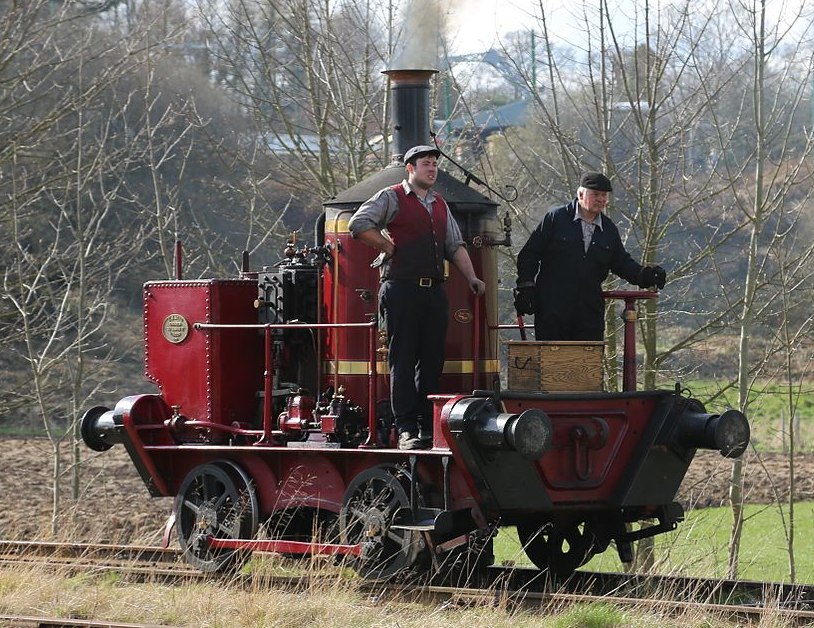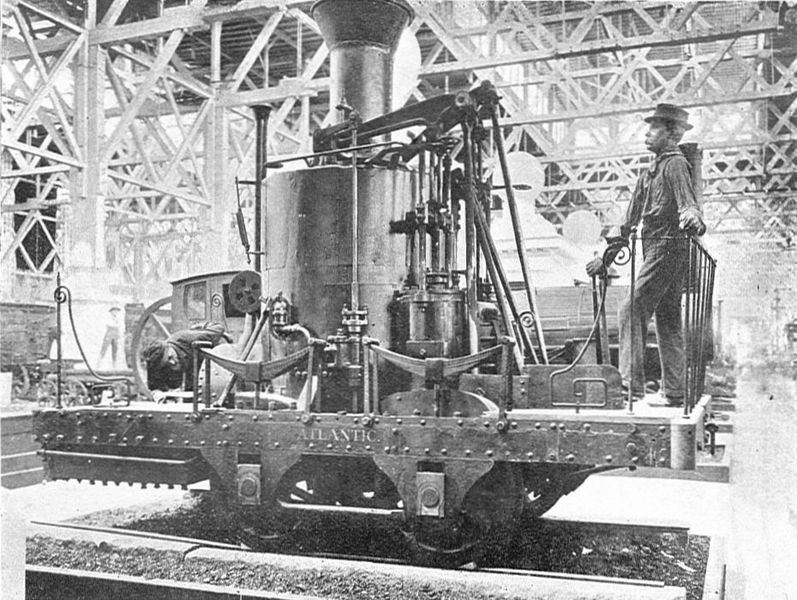Gentlemen, thanks for the time to write something.
.
Rubber ruler? Of course.
.
Gauge to Prototype? That may be the rub. It sits on axles 7.5 inches wide. But much like many prototype pieces of equipment, if you put narrow gauge trucks under it, it looks big. In the 1:20.3 model world, think of the Bachmann 45 Tonner. It looks big and becomes your movable width and height gauge.
.
Why bother? Because it will be asked. It is 1.5" or 2" to the foot and some gear purchased will vary as to which size I declare it. Of the standard engines, they are usually built to 1.5" to a foot or 1.6. However, there are many that are 2, 2.5, 3 and even some 3.5" to a foot.
.
Basic dimensions are 46" long x 16 " x 24" tall, boiler, stack and a few appliances are taller. As I said it sits on 7" diameter, spoked wheels.
.
Korm, did your 1:7.5 came from dividing 56.5 inches (standard track width) divided by 7.5 inches? Or what? I appreciate the Barbie reference of 1.6. So using that , it would be 28.75’ long x 15’ tall and 10 ’ wide. I guess that doesn’t sound too bad.
So in 1.6, it would be 23’ long x 8’ wide x 12’ tall.
In 1.5, it would be 19’ x 6.6’ x 10’.
.
Like using Pete’s Steam Dummy, I’m working on getting dimensions from an old Roundhouse Box Cab and a custom IT Class A.
.
Oh the pain of the grey matter.





